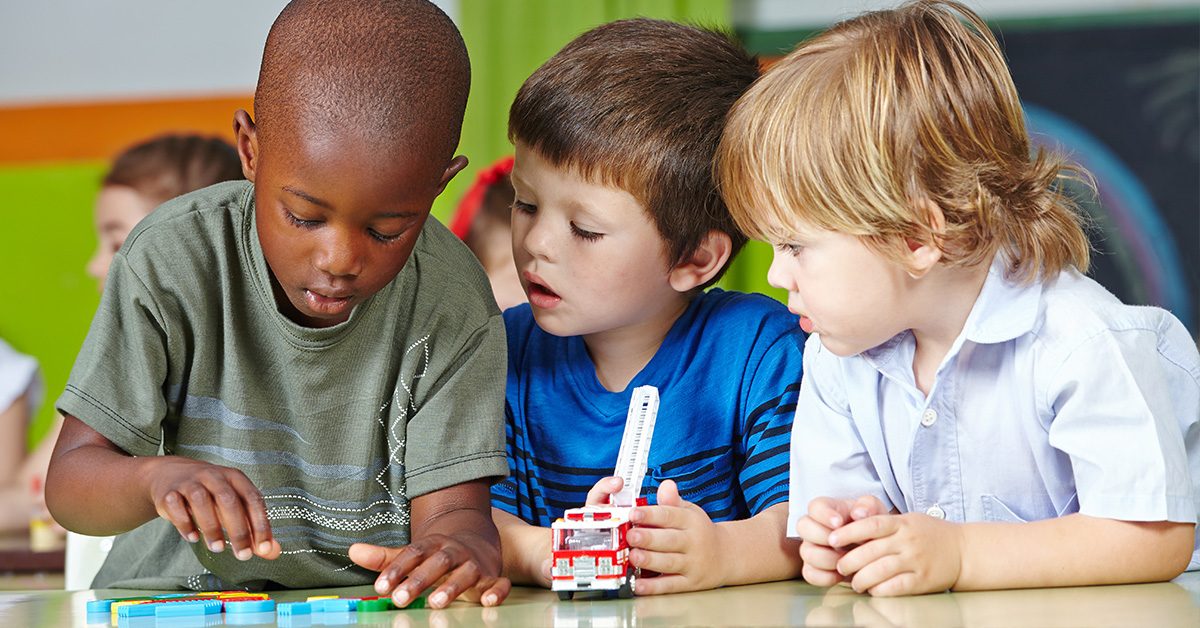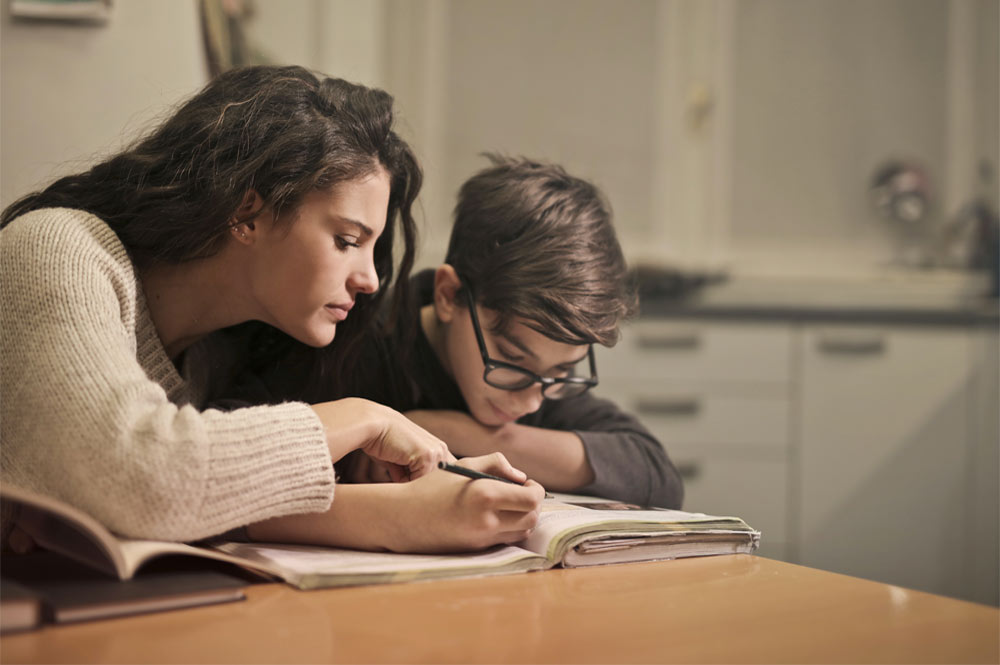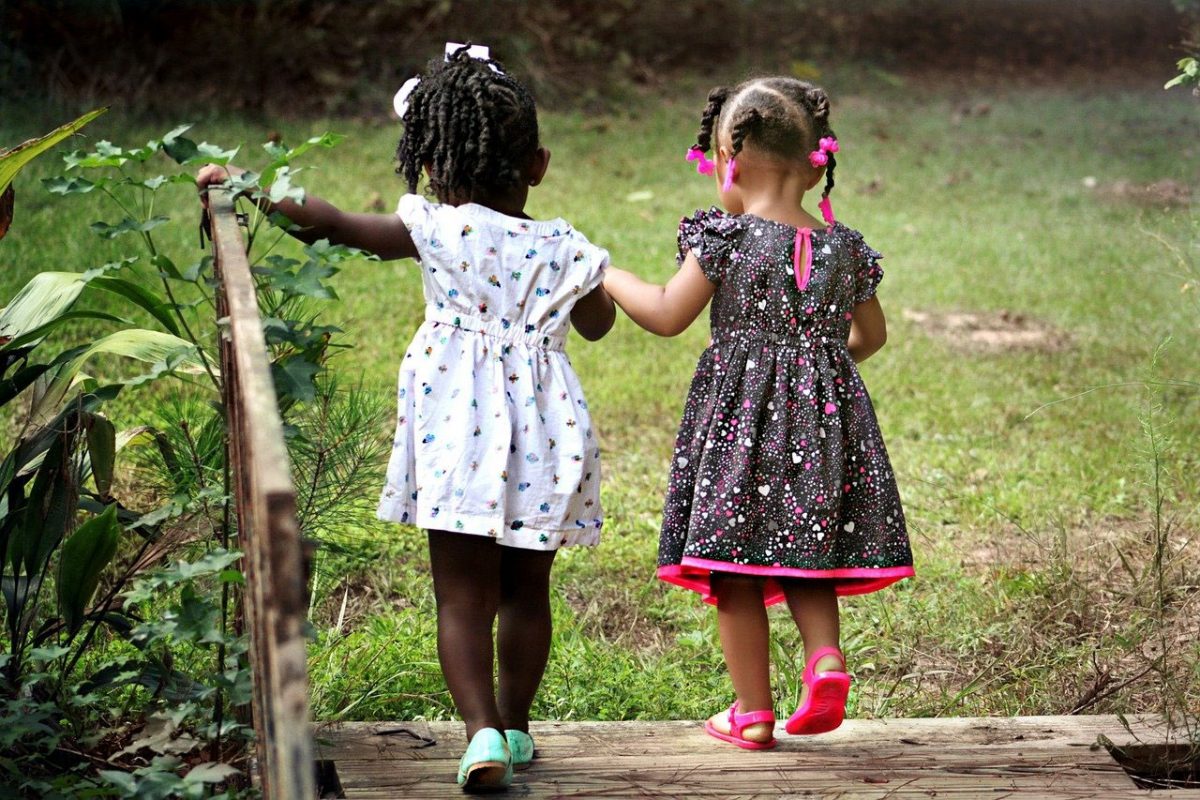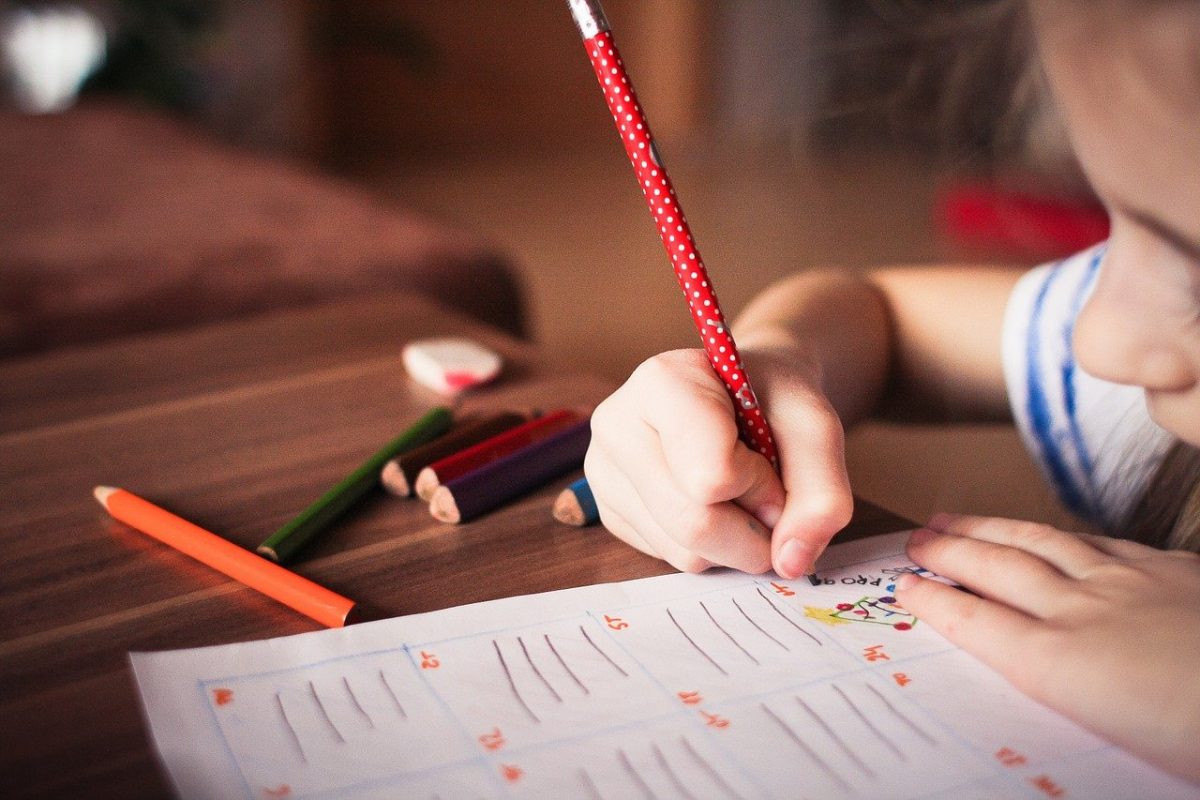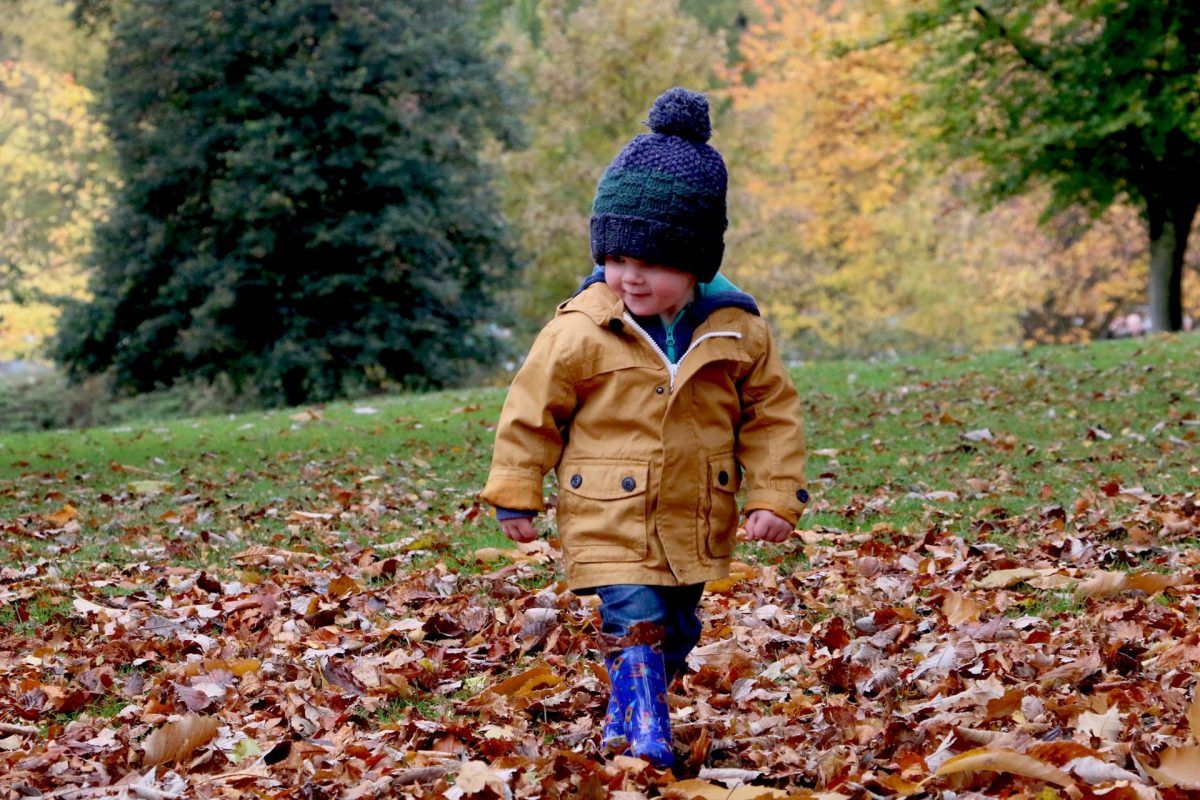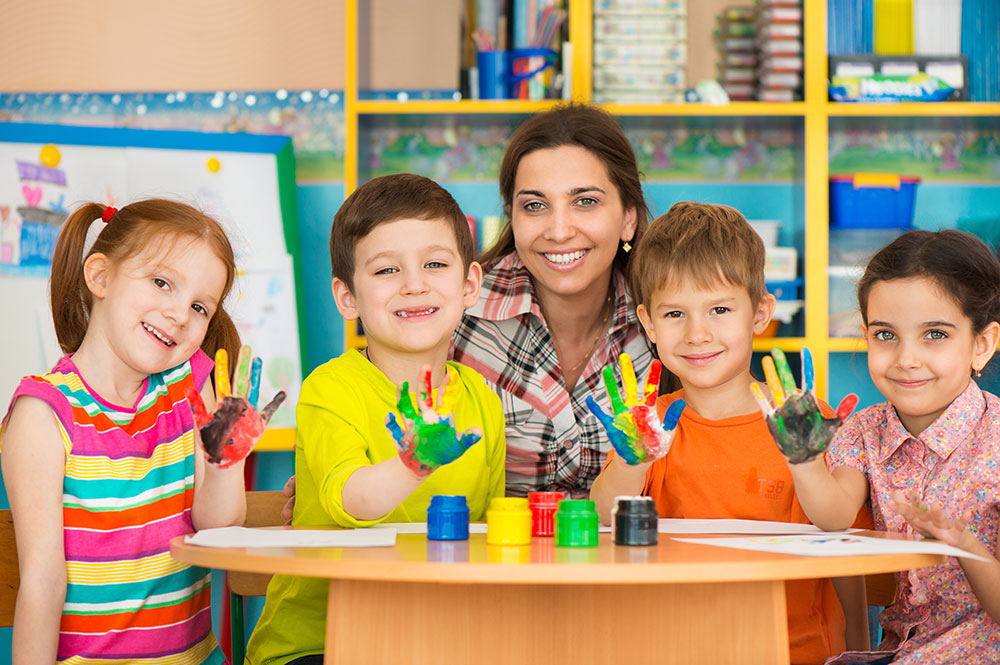As winter winds down and spring approaches, keeping kids active and engaged can be challenging. Cold temperatures, shorter days, and unpredictable weather often lead to more screen time and less physical activity. However, staying active and engaged is essential for children’s physical health, mental well-being, and overall development.. Here are some great ways to help your child stay active and engaged through the end of winter and into the warmer days of spring.
- Embrace Outdoor Winter Fun
Even if snow’s still on the ground, there are plenty of ways to enjoy the outdoors. Bundle up and encourage your child to play outside by:
- Building a snowman or snow fort
- Going sledding or ice skating
- Taking a winter nature walk to look for animal tracks
- Playing winter-themed outdoor games like snowball tosses
Fresh air and physical activity help improve mood, boost energy levels, and strengthen the immune system. Just be sure your child dresses warmly in layers and waterproof gear.
- Create Indoor Active Play Opportunities
On days when it’s too cold or wet to go outside, bring the fun indoors with creative ways to stay active:
- Set up an obstacle course using pillows, chairs, and tunnels
- Have a dance party with your child’s favorite music
- Try kids’ yoga or stretching exercises
- Play movement-based games like Simon Says or freeze dance
Turning physical activity into a game makes it more enjoyable and helps kids burn off excess energy while staying engaged.
- Plan Creative Arts and Crafts Projects
Encouraging creativity is another great way to keep kids engaged through the winter months. Fun activities can include:
- Painting or drawing scenes of spring to look forward to
- Making bird feeders to hang outside and observe nature
- Creating homemade playdough for sensory play
- Trying simple science experiments like making a baking soda volcano
These hands-on activities help develop fine motor skills, creativity, and problem-solving abilities.
- Read and Learn Together
Winter is a great time to develop a love for reading and learning. Set aside time each day to read books together, explore new topics, and encourage curiosity. Consider books about nature, animals, and springtime to excite kids about the changing season.
For fun, try storytelling activities where kids create their own stories or act them out with puppets. This enhances language skills and imagination.
- Start Preparing for Spring Activities
As the weather warms up, transition into more spring-friendly activities:
- Visit a local park or playground as soon as conditions allow
- Go for a family nature walk to look for signs of spring, such as budding trees and chirping birds
- Plan a small garden and let kids help plant flowers or vegetables
- Encourage bike riding or outdoor sports like soccer and tag
Getting outside as soon as possible helps children adjust to the season and continue developing their physical skills.
- Encourage Social Interaction and Playdates
Winter can sometimes feel isolating, so arranging playdates or group activities can help children stay socially engaged. Whether visiting an indoor play center, a virtual playdate, or a craft session with friends, interacting with peers is essential for emotional and social development.
Helping Kids Stay Engaged at Today’s Life Schools & Childcare
At Today’s Life Schools & Childcare, we integrate physical activity, creative play, and hands-on learning into our daily curriculum to ensure children stay active and engaged throughout the seasons. Our programs encourage exploration, social interaction, and movement, helping children physically and mentally thrive.
Incorporating these fun and engaging activities can help your child stay active, curious, and excited as winter turns into spring. Whether indoors or outdoors, movement and creativity are key to keeping kids happy and healthy all year long!


